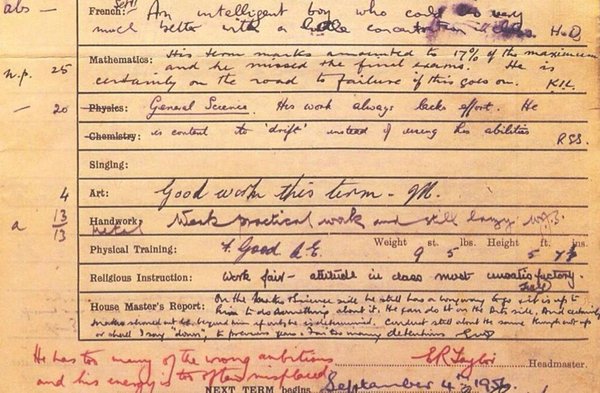When you hear the words “protest song,” what do you see? Is it a folkie like Bob Dylan or Joan Baez delivering songs about injustice? Is it an earnest young thing with a guitar? Is it trapped in 1960s amber, while time has moved on to more ambiguity, more nihilism, more solipsism?
British writers–and may we add amateur folksingers–Jonathan Luxmoore and Christine Ellis made this lament over two years ago in the pages of The Guardian, in an opinion piece entitled, “Not talkin’ bout a revolution: where are all the protest songs?” Here they blame the immediacy of social media, the rise of aspirational hip hop, and the decline of radical politics. They end, presciently, with a Jeremy Corbyn-shaped hope for change. Well, look where we are now. Things developed rather quickly, did they not?
(And as a side note, I would suggest the 1980s as a way more protest-filled music decade than the 1960s. Because of the self-aggrandizement of 1960s curators, they claim more than they did. But nearly every pop, rock, r’n’b, and hip hop act of the ‘80s has at least one political song in its discography.)
Enter David Byrne, whose mission apart from his day job as a musician is to bring hope to the masses with a determined optimism. He’s here to say that the protest song never went away, only our definition of it. And he’s brought the receipts, or rather the playlist above, to prove his point:
…in fact, they now come from all directions in every possible genre—country songs, giant pop hits, hip hop, classic rock, indie and folk. Yes, maybe there weren’t many songs questioning the wisdom of invading Iraq, but almost every other issue has been addressed.
Stretching over six decades, the playlist demonstrates the various forms protest can take, from describing racial violence (Billie Holiday’s “Strange Fruit” to Janelle Monae’s “Hell You Talmbout”) to bemoaning economic injustice (The Specials’ “Ghost Town”) and railing against war and conflict (U2’s “Sunday Bloody Sunday”, Edwin Starr’s “War”). Sometimes declaring the positive and gaining a voice is enough of a protest: you could argue that James Brown’s “Say It Loud (I’m Black and I’m Proud)” did more for equality than any song about racism. Bikini Kills’ “Rebel Girl” does similar things for third-wave feminism.
But Byrne wisely gives voice to those who feel they’re swimming against any resistance tide:
I’ve even included a few songs that “protest the protests.” Buck Owens, the classic country artist from Bakersfield, for example, has two songs here. “Rednecks, White Socks and Blue Ribbon Beer,” is a celebration of Americans who feel they are unnoticed, left behind. One might call it a populist anthem, but I think the reference to white socks is intentionally meant to be funny—in effect, it says: “we know who we are, we know how uncool white socks are.”
Look, it’s easy to believe that songs “changed the world” when they are easily accessible to hear decades later but the boots-on-the-ground marches and revolutionary acts from which they sprang are now just photographs, film reels, and foggy memories. But who can deny the gut punch of this year’s “This Is America” from Childish Gambino, the continued excellence of Killer Mike and/or Run the Jewels, and any number of songs that document our outrage? The songs of protest continue as long as there is injustice.
And in the case of David Byrne, covering a modern protest song and adding to its list of names, is what can keep an idea, a memory, and a feeling alive for a new audience. Here he is at the encore of his current tour, covering Janelle Monae’s “Hell You Talmbout,” a memorial to all the black lives killed by law enforcement.
“Here was a protest song that doesn’t hector or preach at us,” he said in an article for the Associated Press. “It simply asks us to remember and acknowledge these lives that have been lost, lives that were taken from us through injustice, though the song leaves that for the listener to put together. I love a drum line, so that aspect of the song sucked me in immediately as well. The song musically is a celebration and lyrically a eulogy. Beautiful.”
He also wisely asked permission to cover such a recent song, especially when it’s an older white man lending his voice to it. But Monae gave her blessing:
“I thought that was so kind of him and of course I said yes. The song’s message and names mentioned need to be heard by every audience.”
Related Content:
David Byrne Creates a Playlist of Eclectic Music for the Holidays: Stream It Free Online
Ted Mills is a freelance writer on the arts who currently hosts the artist interview-based FunkZone Podcast and is the producer of KCRW’s Curious Coast. You can also follow him on Twitter at @tedmills, read his other arts writing at tedmills.com and/or watch his films here.





